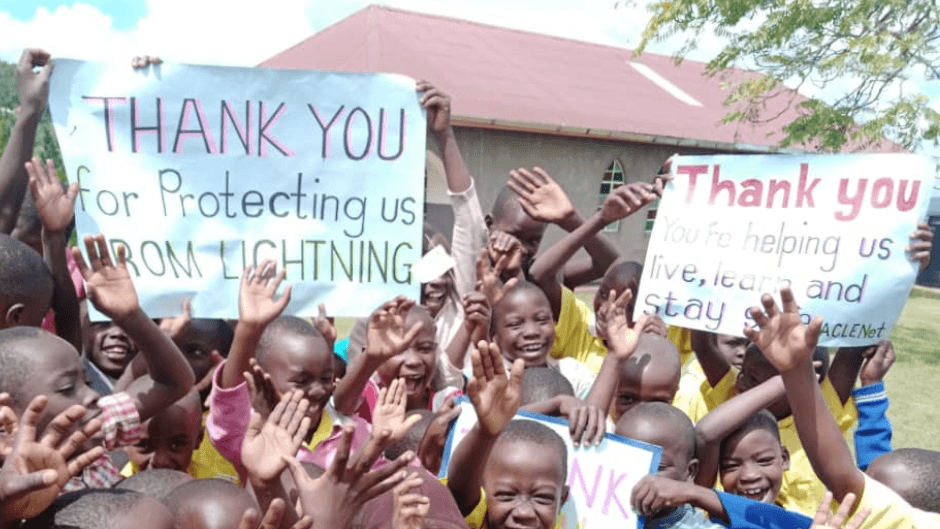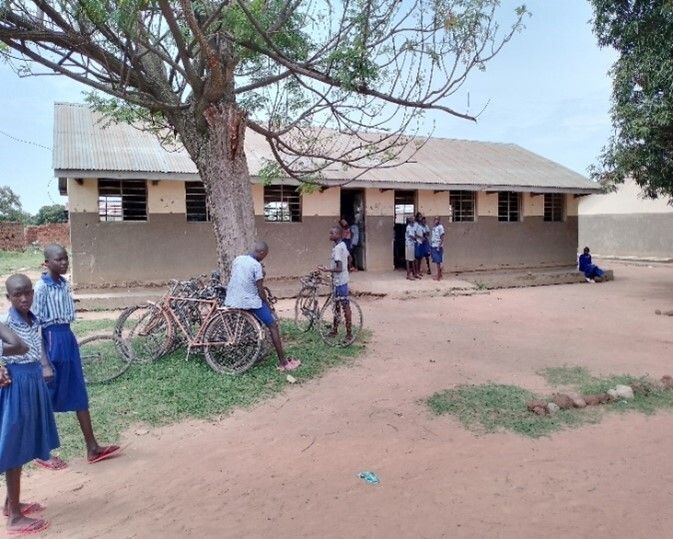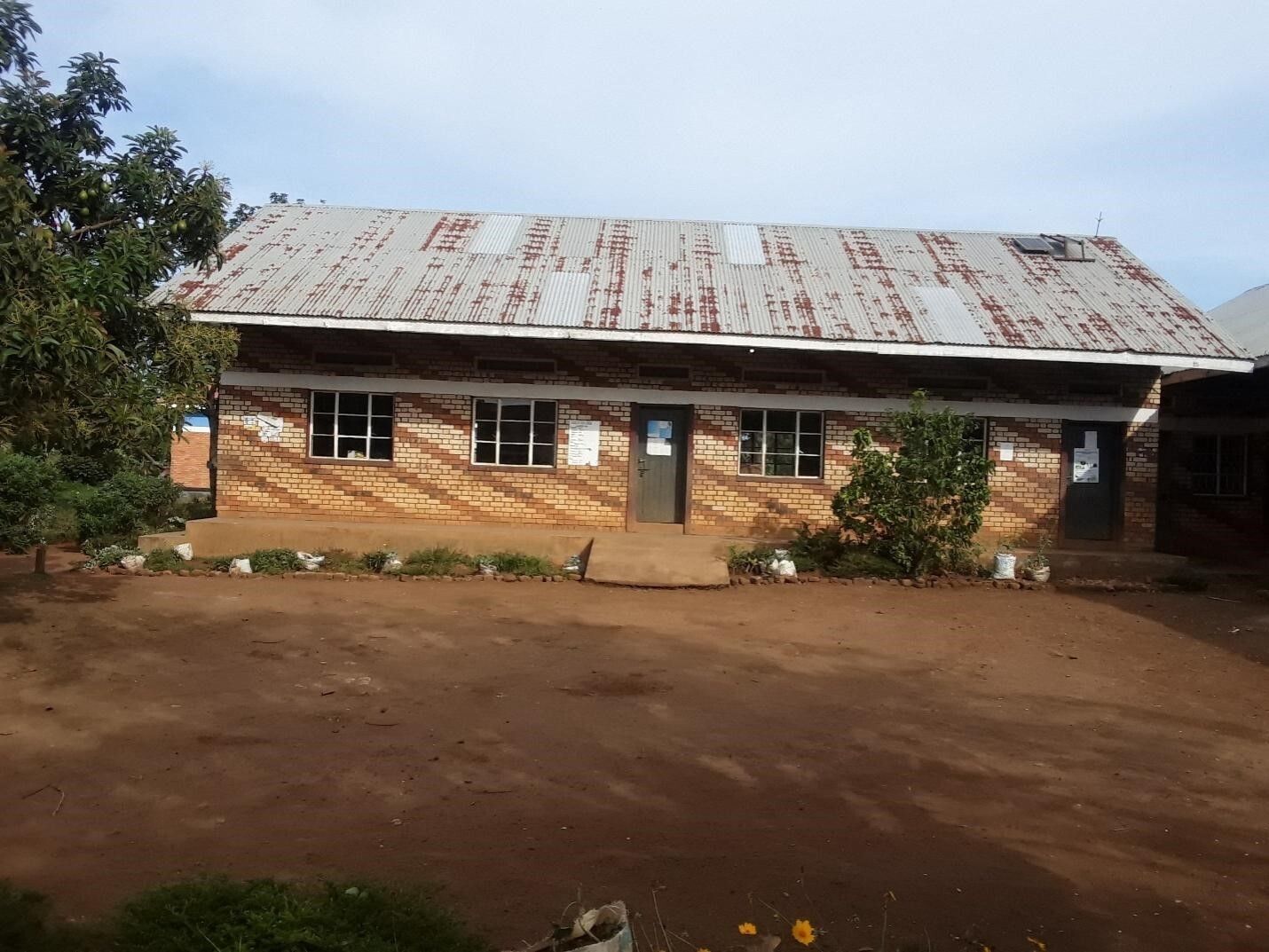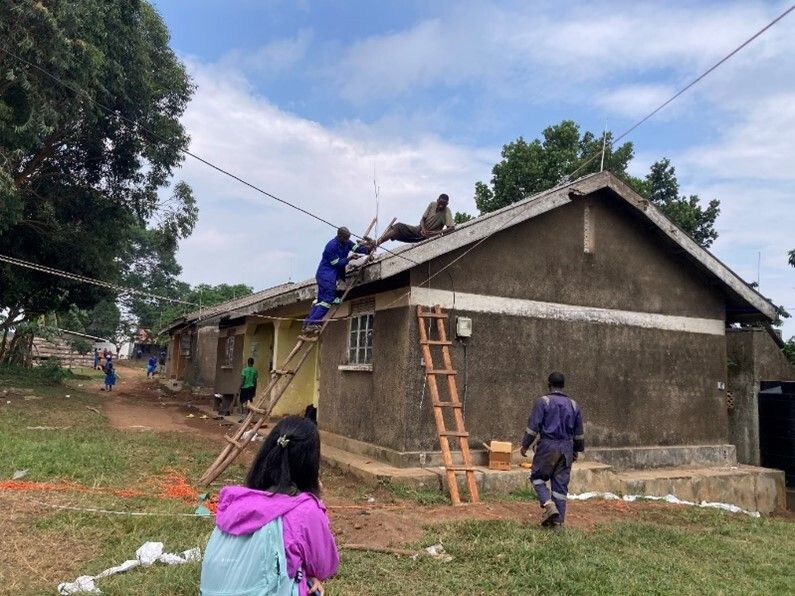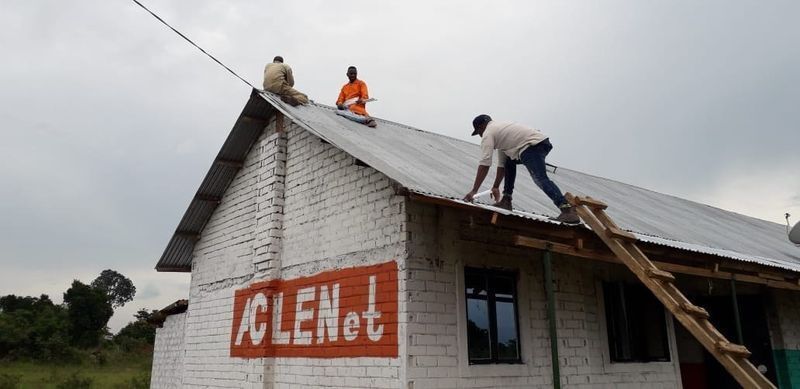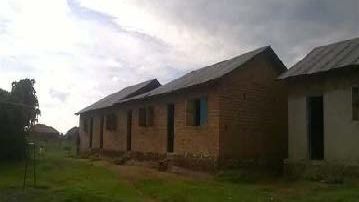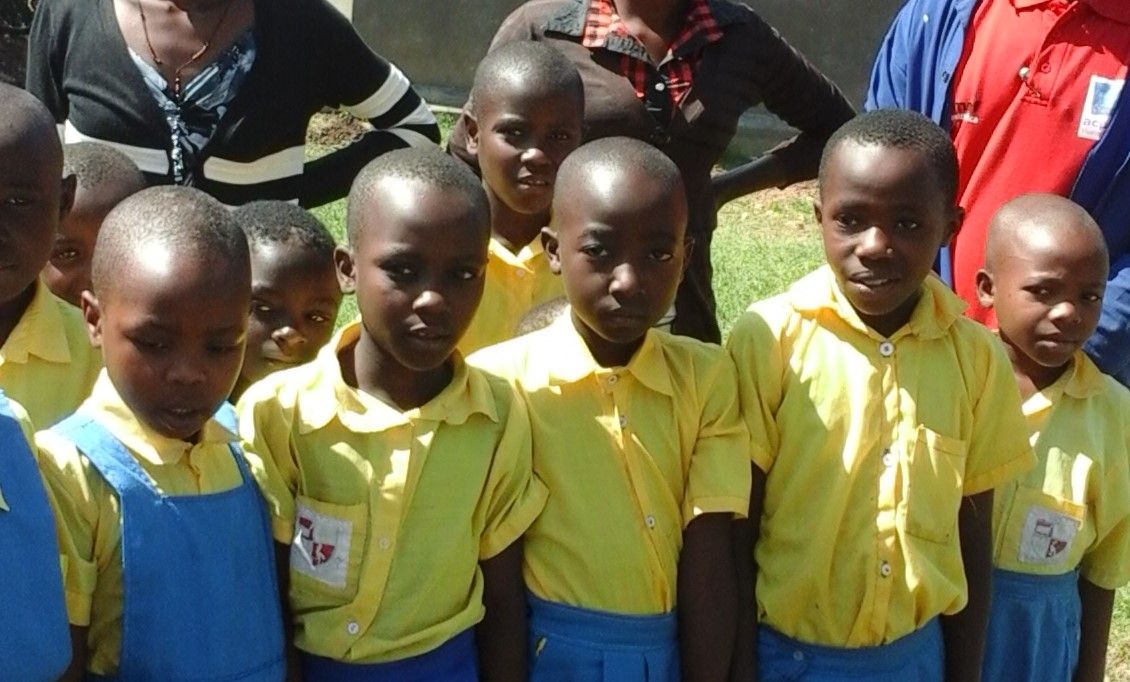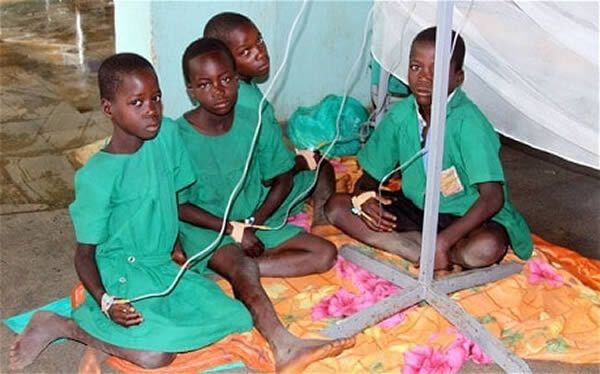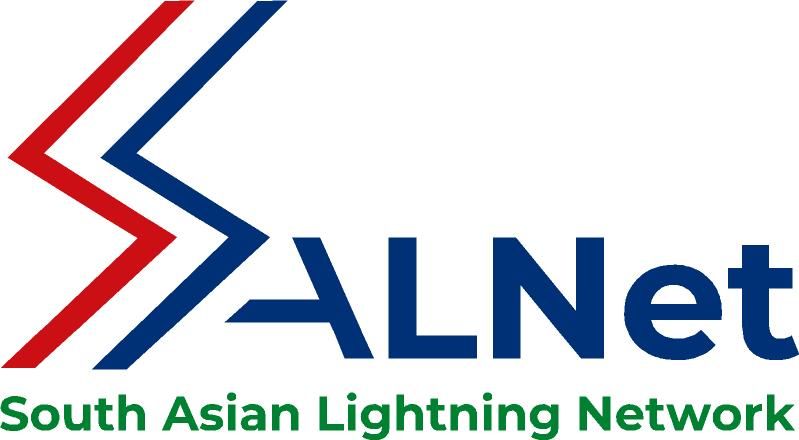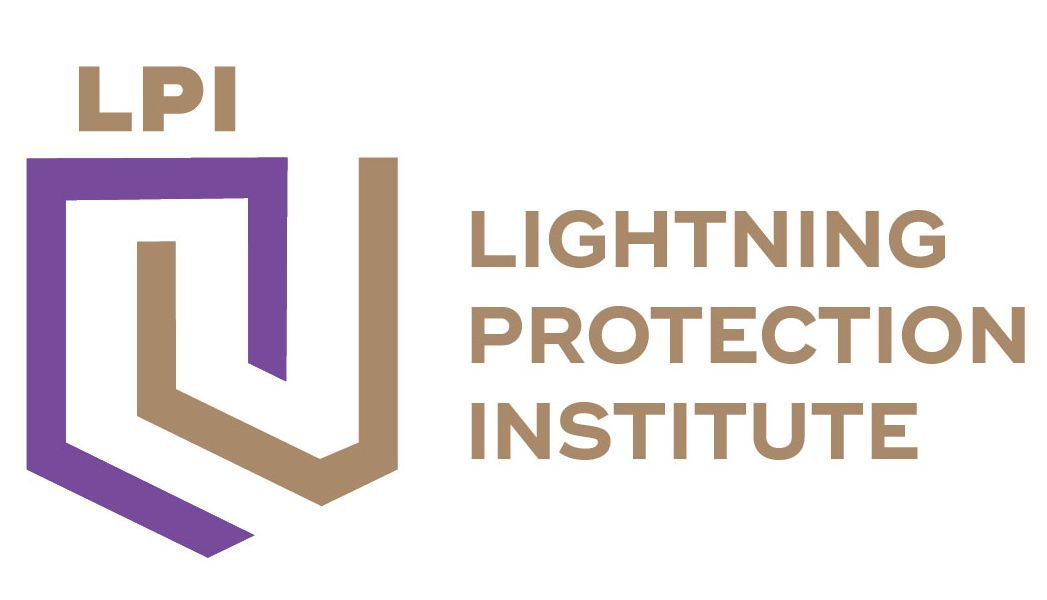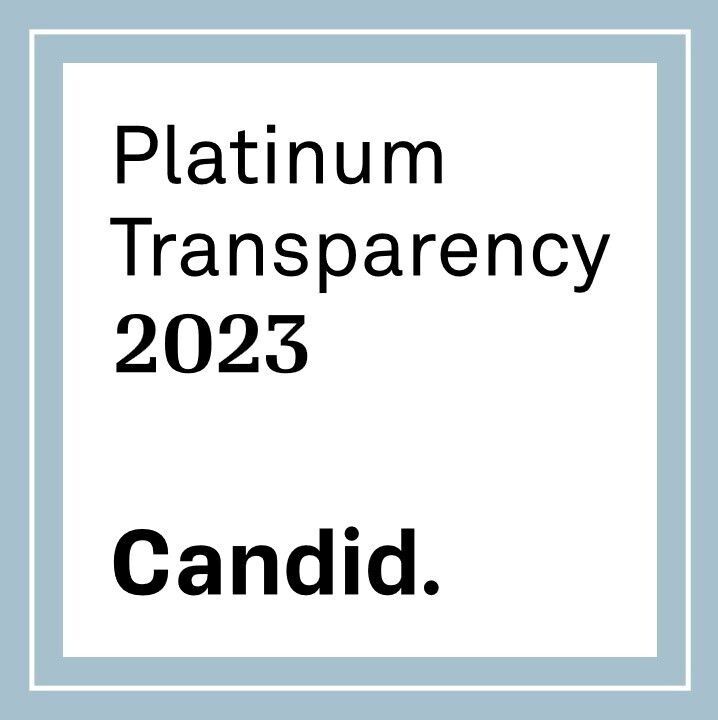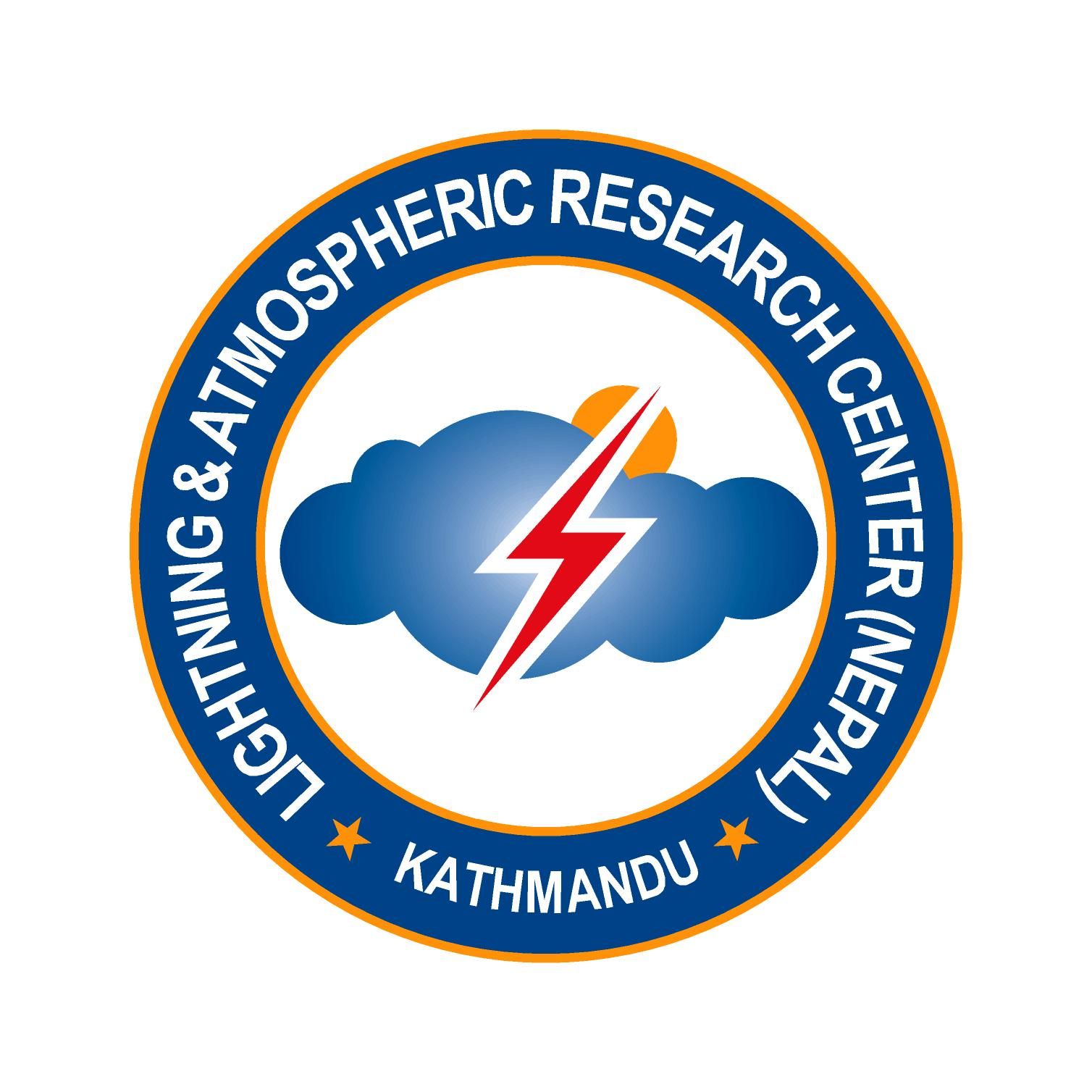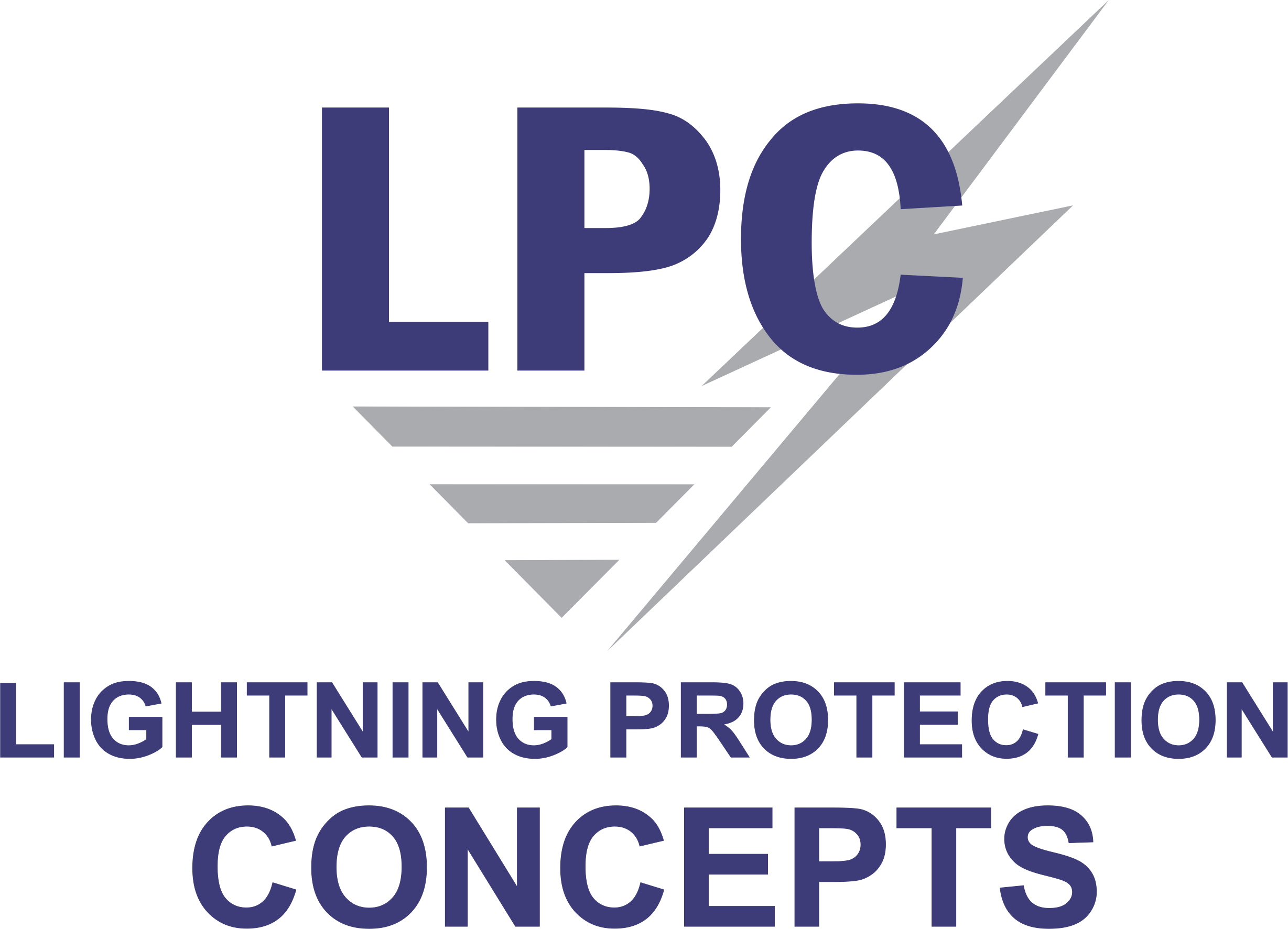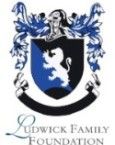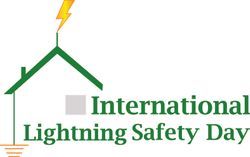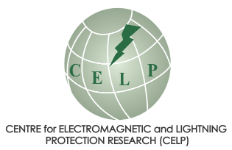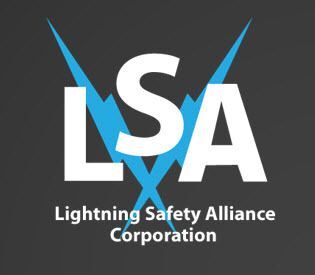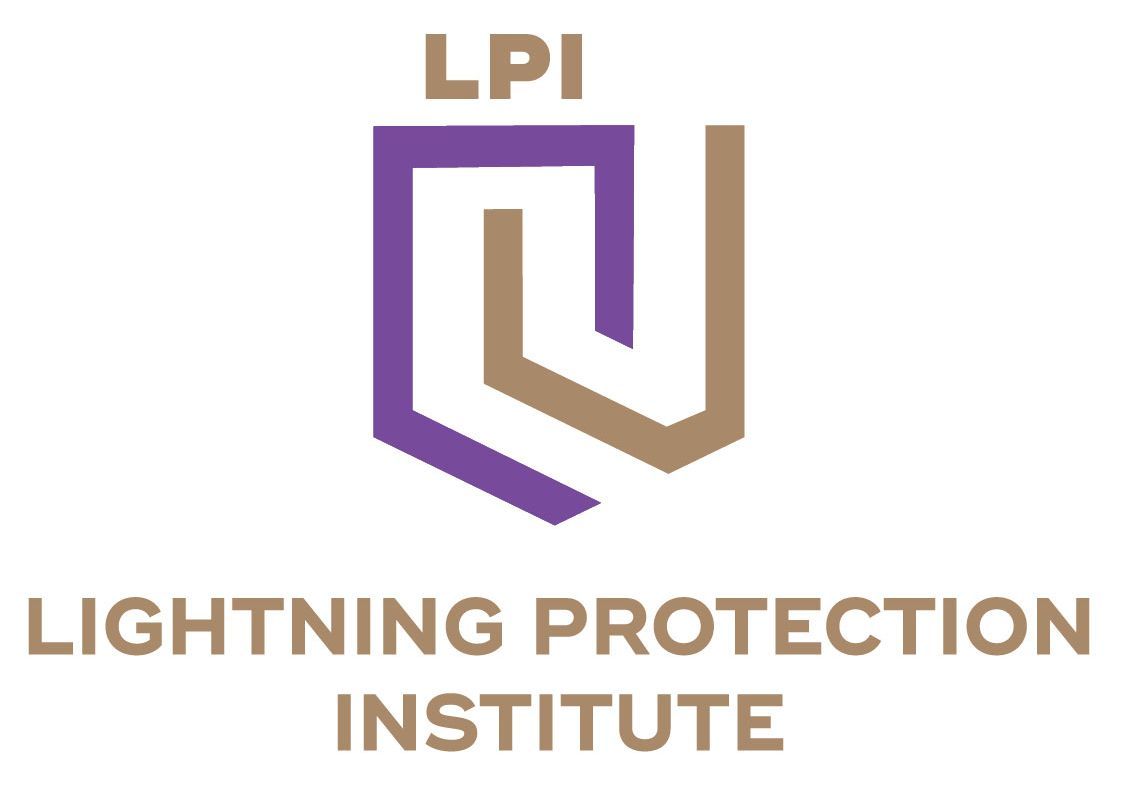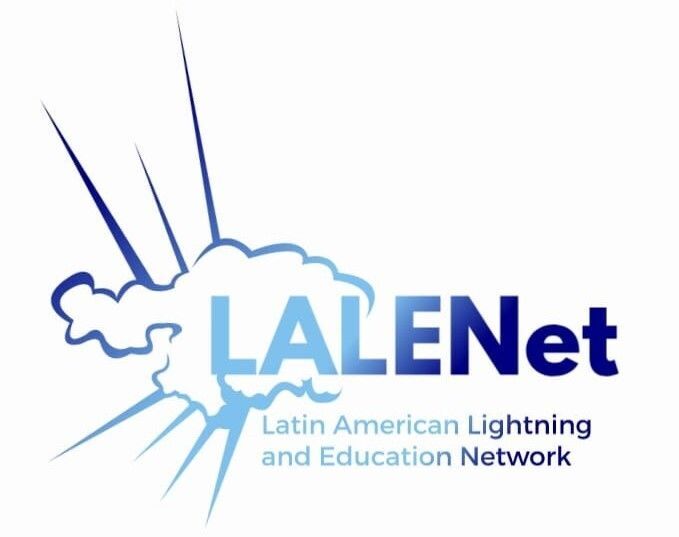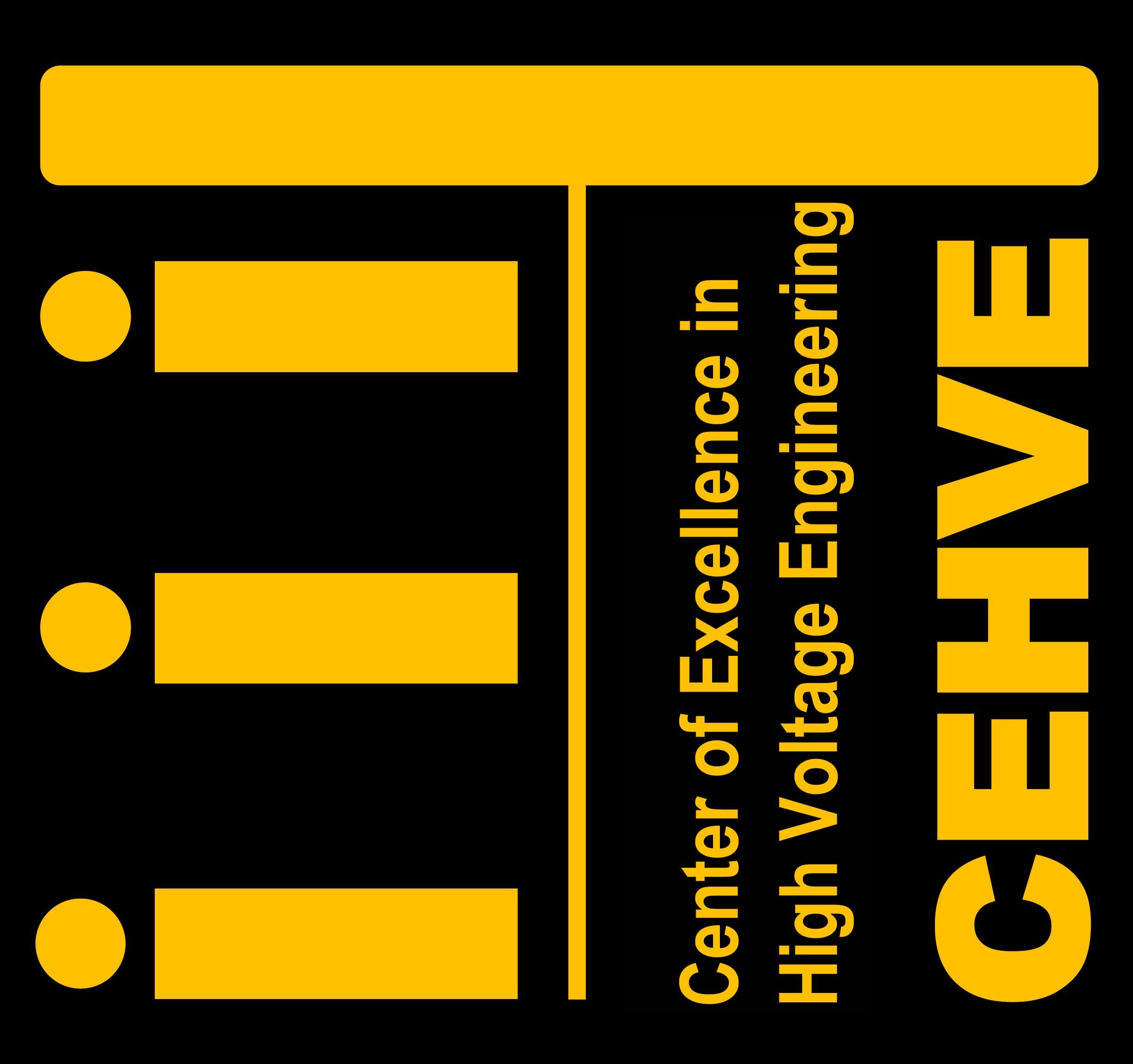Our early research, verified by a more extensive study reported in 2021, showed that school children were the most likely to be killed or injured by a lightning strike, sometimes with multiple deaths and dozens of injuries occuring. To combat this, one of our first goals was to solicit grants and donors to fund lightning protection system (LPS) installations at schools.
We felt this would provide not only protection for the children and teachers but could also form a network of schools across Uganda that could be used to educate Ugandan LPS professionals on the international design standards for LPS.
First, however, we needed a team who were experts in LPS design. Friends of ACLENet helped us to recruit some of the best in the world who have now helped us design and install LPS for many schools across Uganda (see map below). This team, the Lightning Protection Working Group, volunteer their time, expertise, and sometimes money from their own pockets to protect children in Uganda.
Schools where model lightning protection systems have been installed
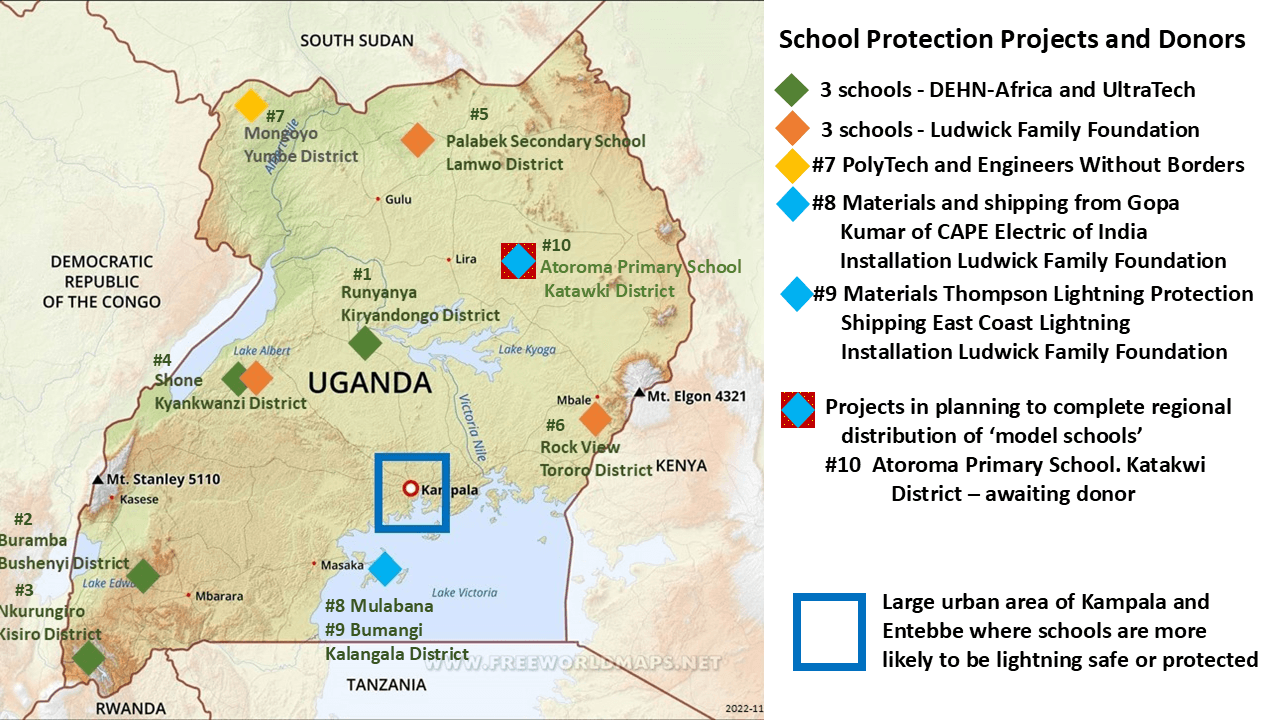
Thank you letters from some of the schools.
The Many Levels of Objectives in Protecting Schools
1. Primary and proximate – protect children by protecting schools, the most substantial building in most communities. Schools are often used as community meeting places for church, Rotary and other civic organization meetings, so protecting a school benefits the entire community.
2. Primary and ongoing goals that can be scaled up globally -
a. Use these schools as educational centers for lightning safety awareness as well as educate the community and lightning protection system professionals about international standards.
b. Assess LPS challenges common in the developing work and develop solutions consistent with international LP standards.
c. Source and use local materials consistent with international LP standards, avoiding expensive imports when possible. This also supports President Mugabe of Uganda’s ’BUBU campaign – Buy Uganda, Build Uganda.’
d. Develop design templates that can be used for other schools.
3. Long term and global –
a. Influence and advise the International Electrotechnical Commission, which writes the standards, to address developing country issues including the cost of LP. Currently, less than 1/3 of the world can afford LP that meets these standards.
b. Influence the adoption and enforcement of the International Electrotechnical Commission standard 62305, parts 1,2,3,4, across Africa.

